Leadership Styles and Organizational Behavior in Netflix (2020)
VerifiedAdded on 2022/09/11
|6
|270
|14
Report
AI Summary
This report provides an analysis of leadership styles and organizational behavior, focusing on the Netflix case study. It examines transformational leadership, highlighting its strengths and weaknesses within the company's structure. The report discusses the importance of employee motivation and engagement, suggesting ways to improve work procedures and foster collaboration. It references key sources such as Hellriegel and Slocum's work on organizational behavior and Murithi et al.'s research on communication ethics. The conclusion emphasizes the need for strategic implications to inspire employees and improve work execution, providing valuable insights into effective leadership practices.
1 out of 6
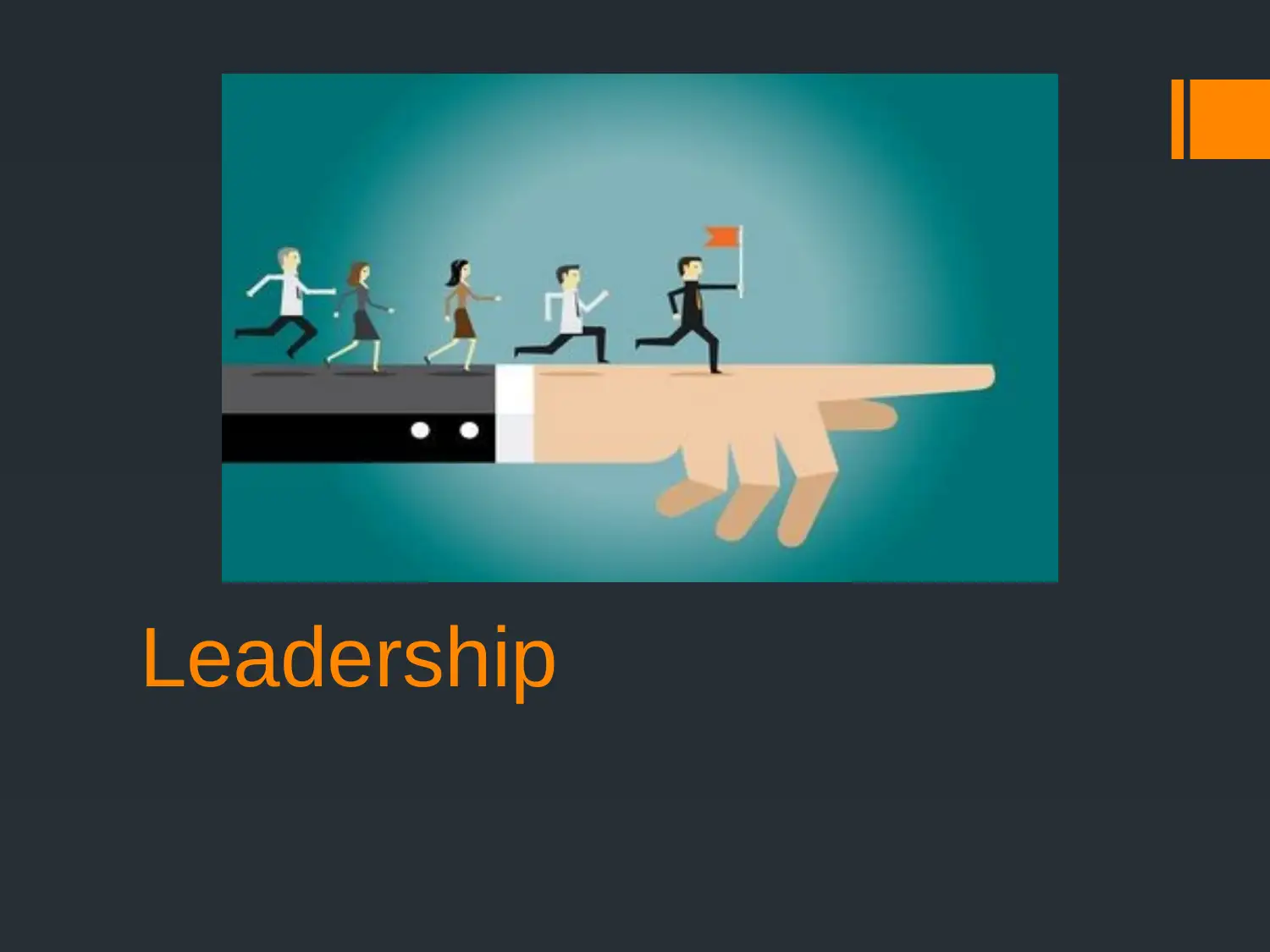
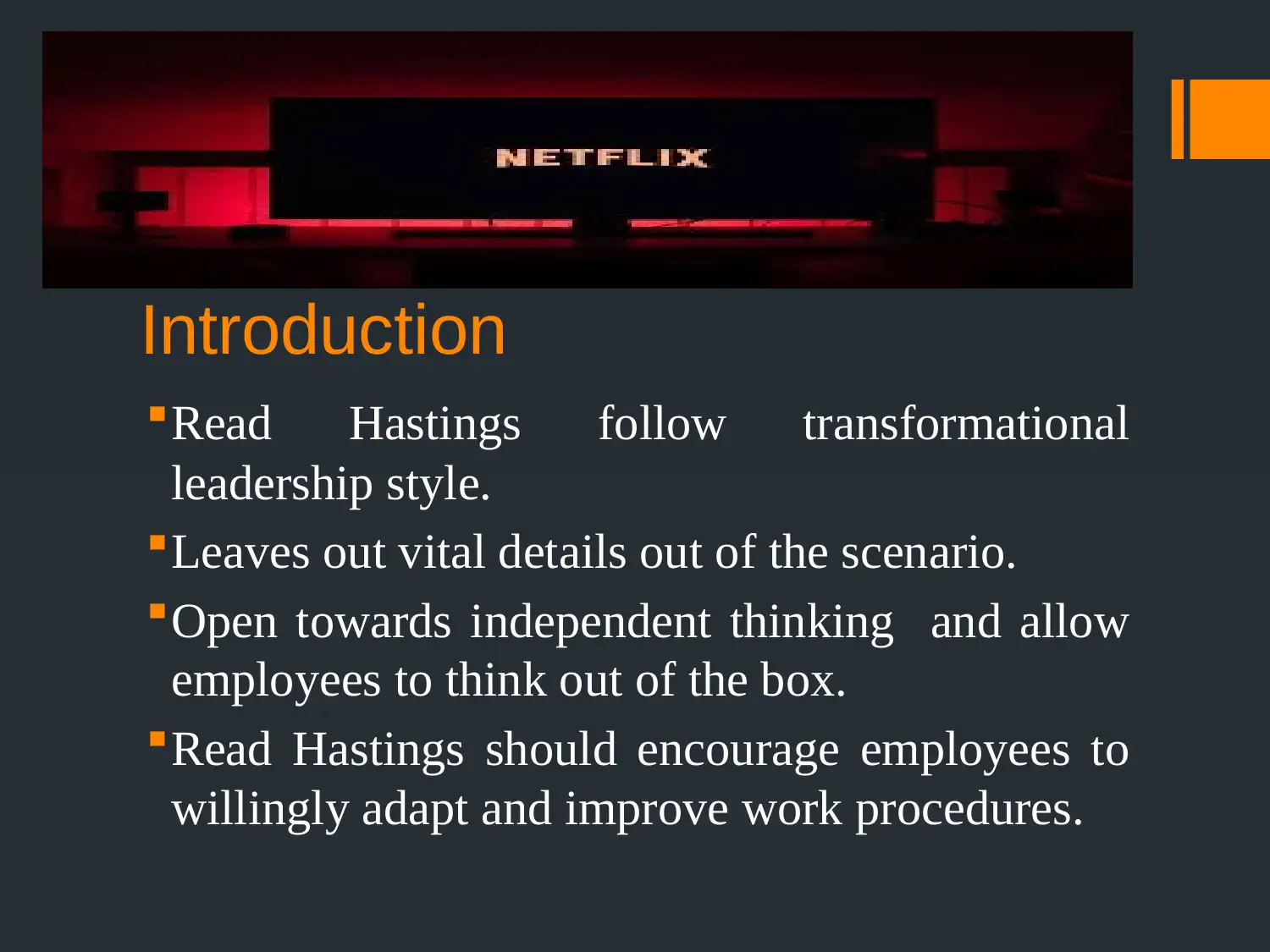
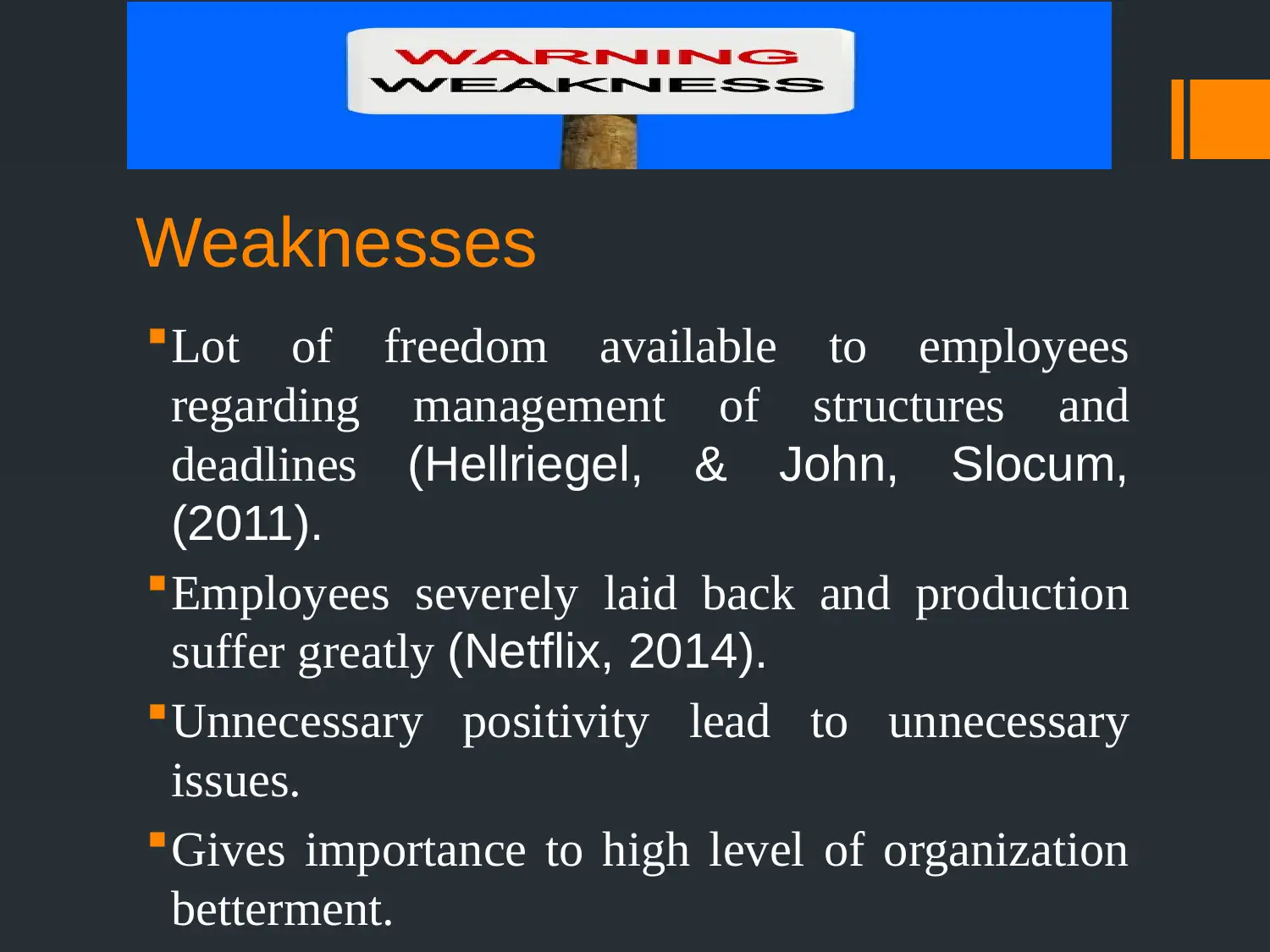

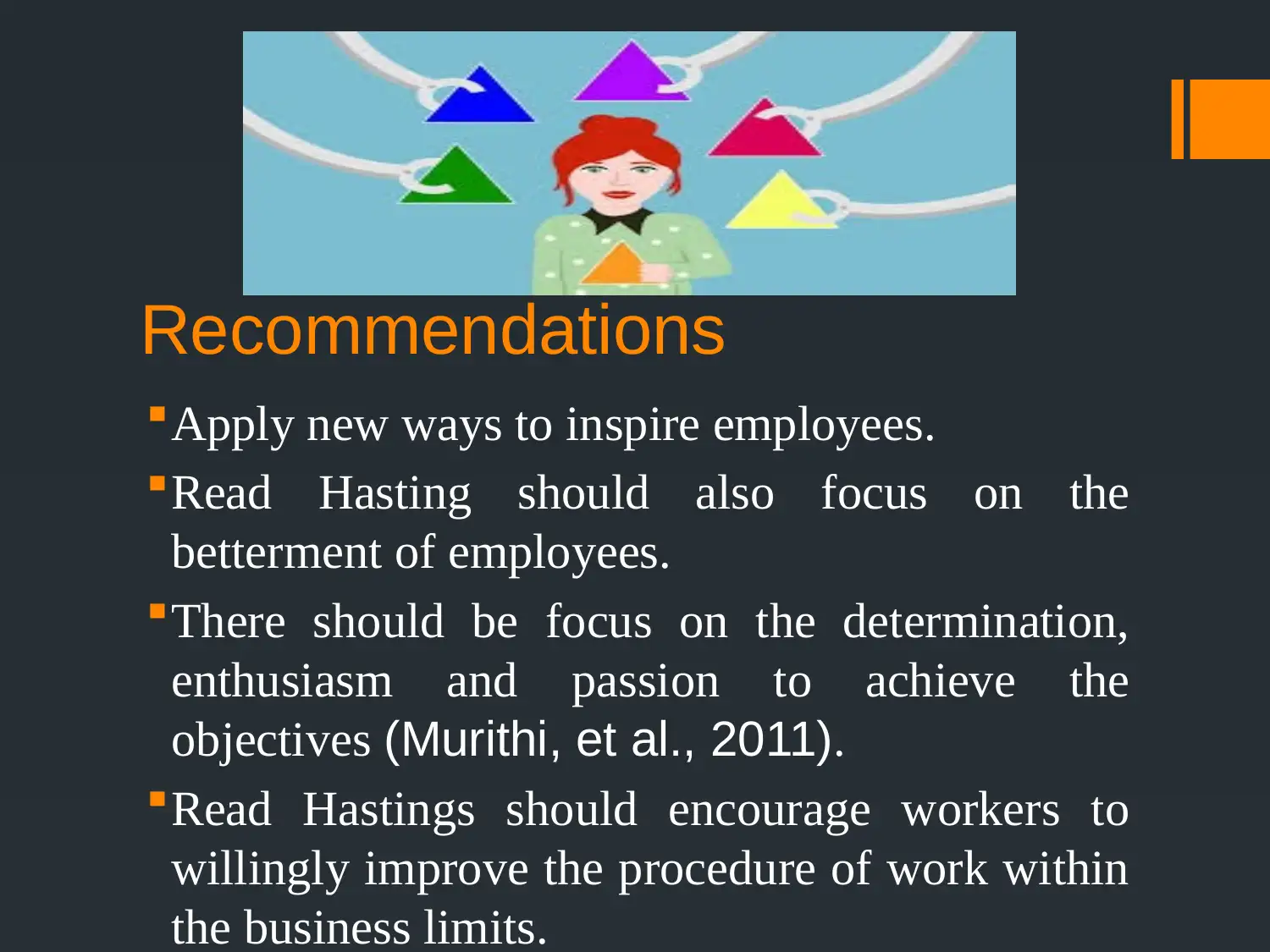
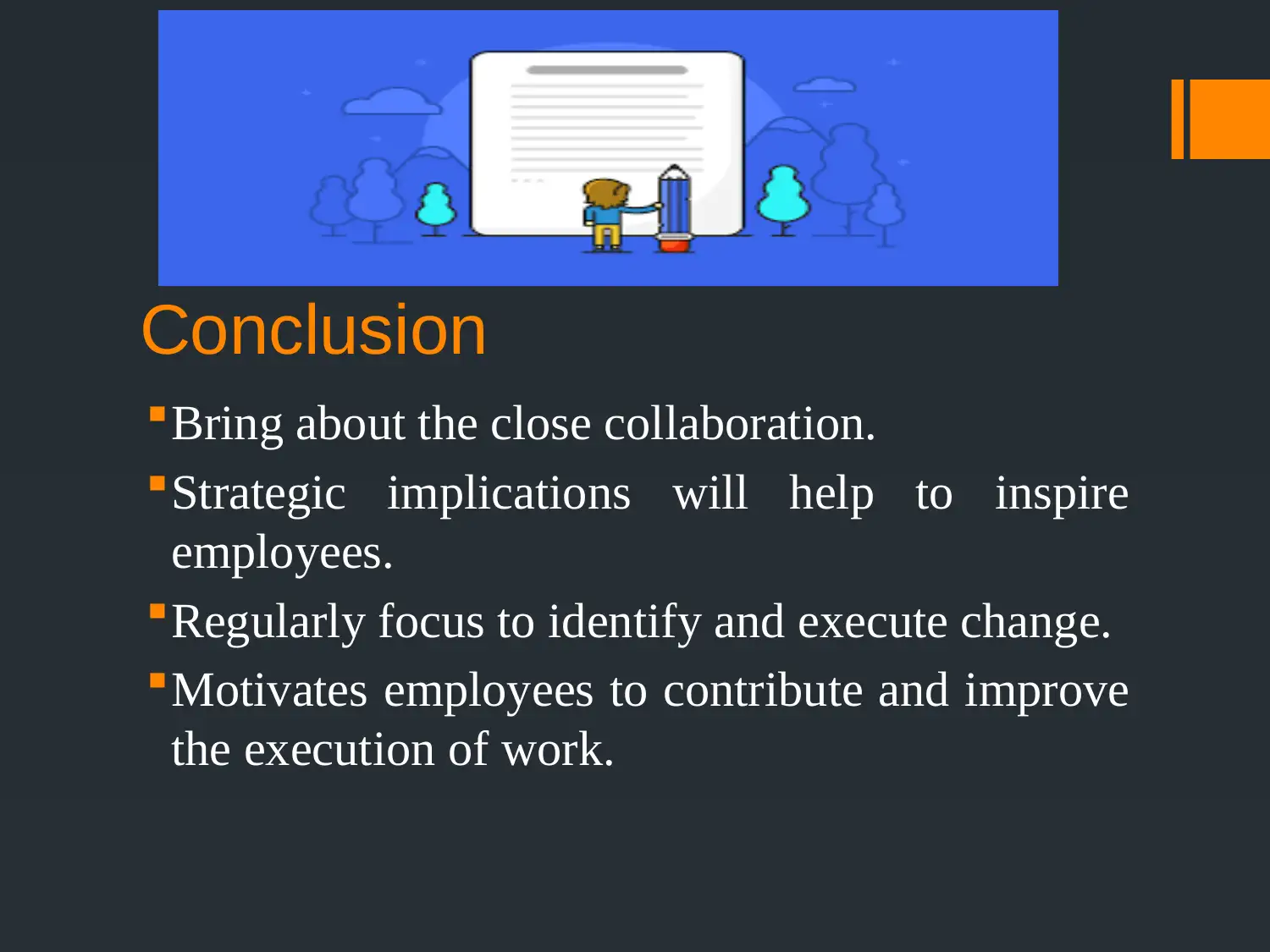
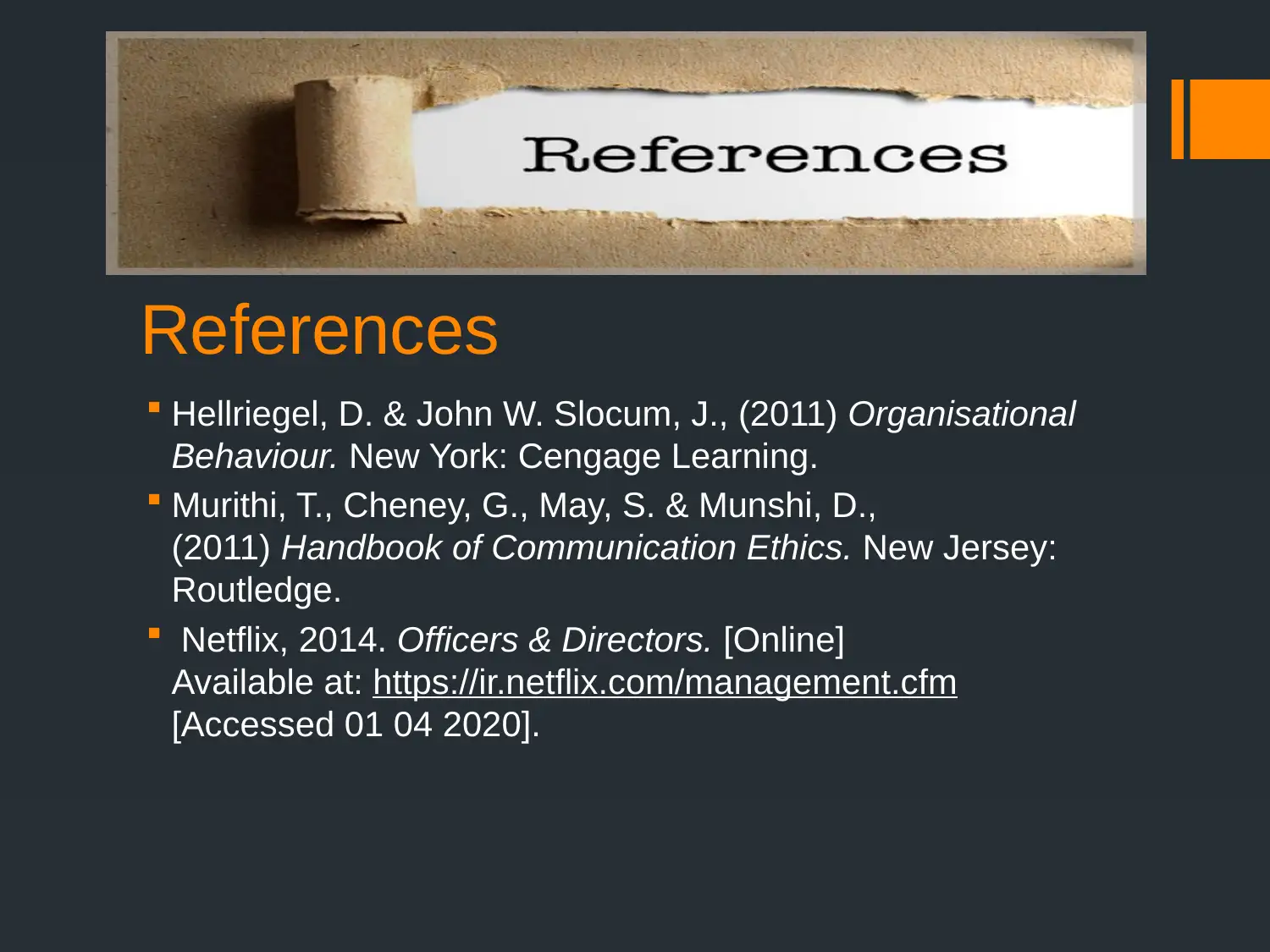




![[object Object]](/_next/static/media/star-bottom.7253800d.svg)